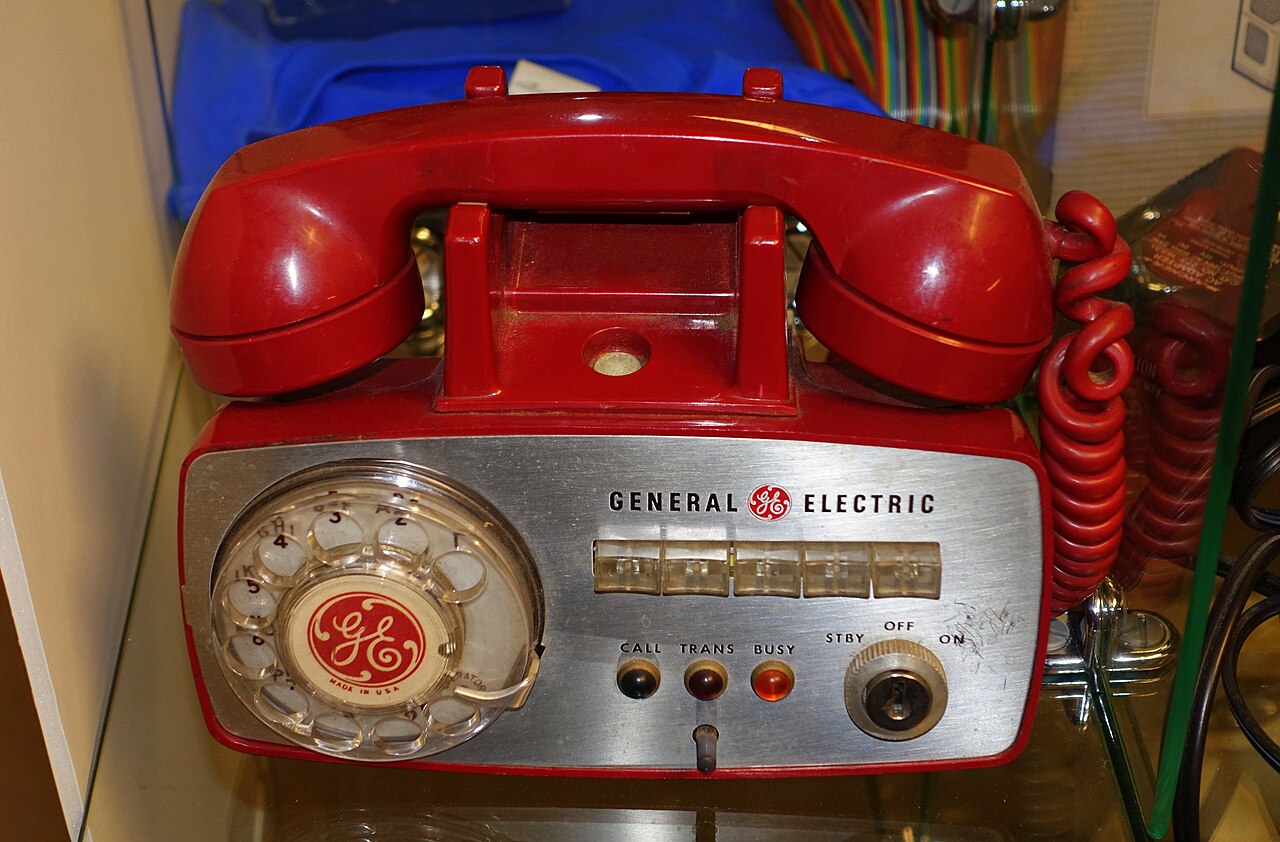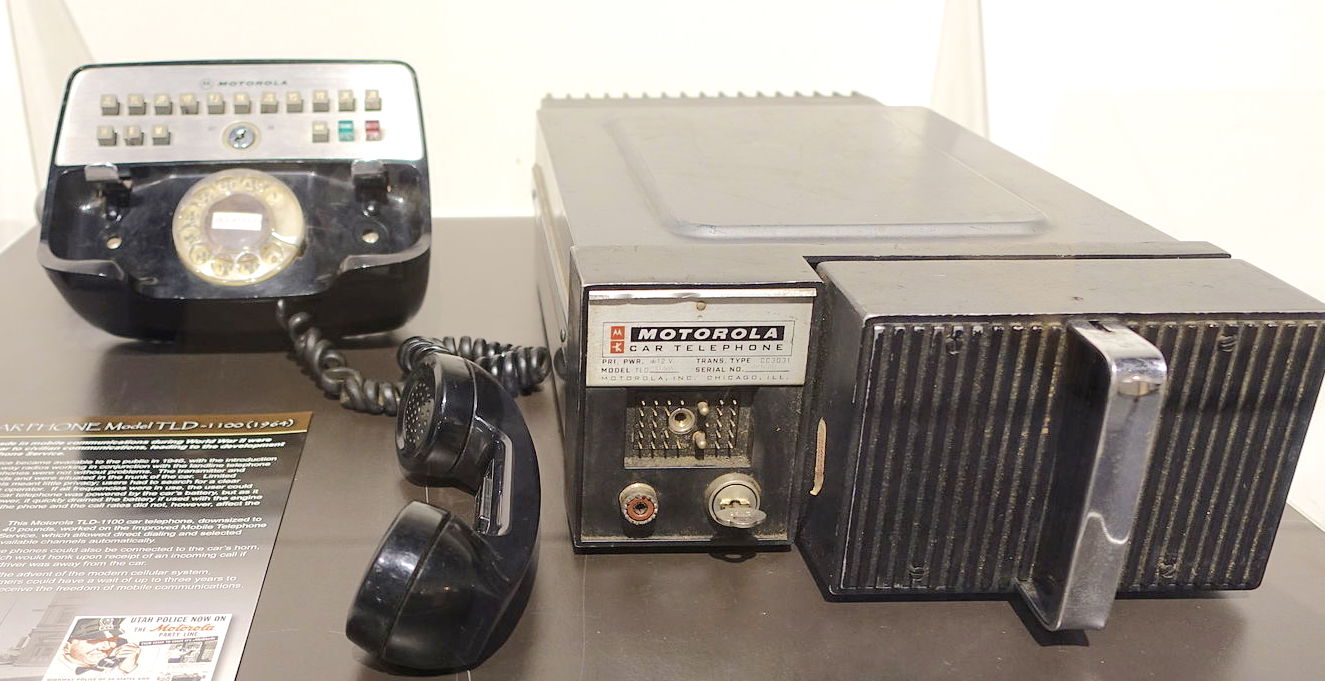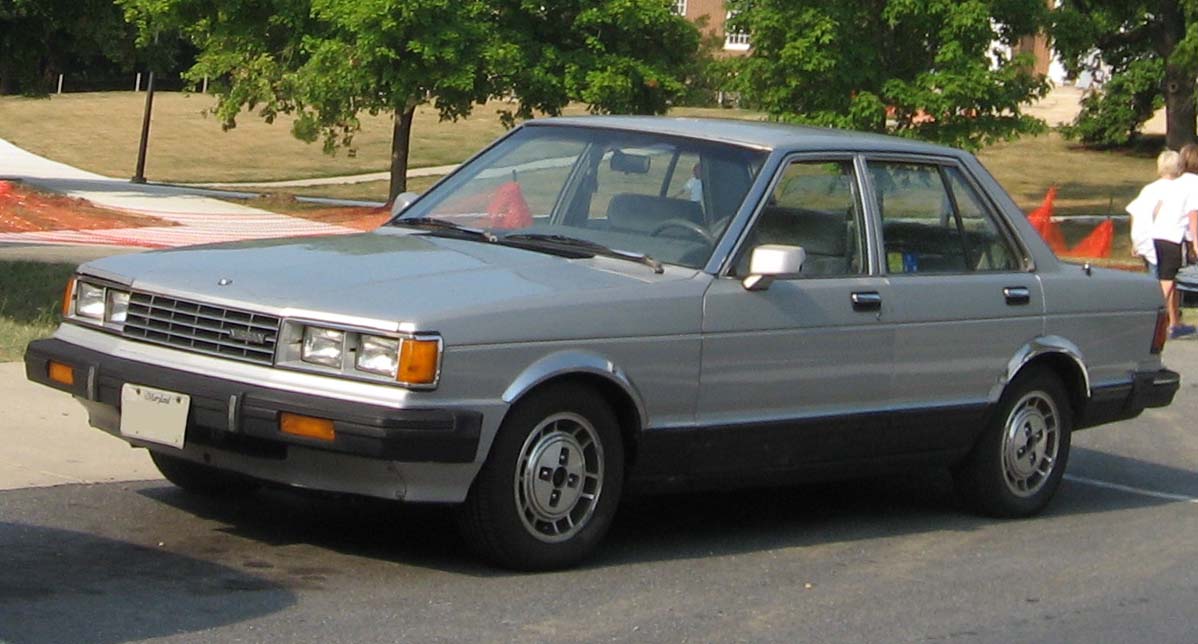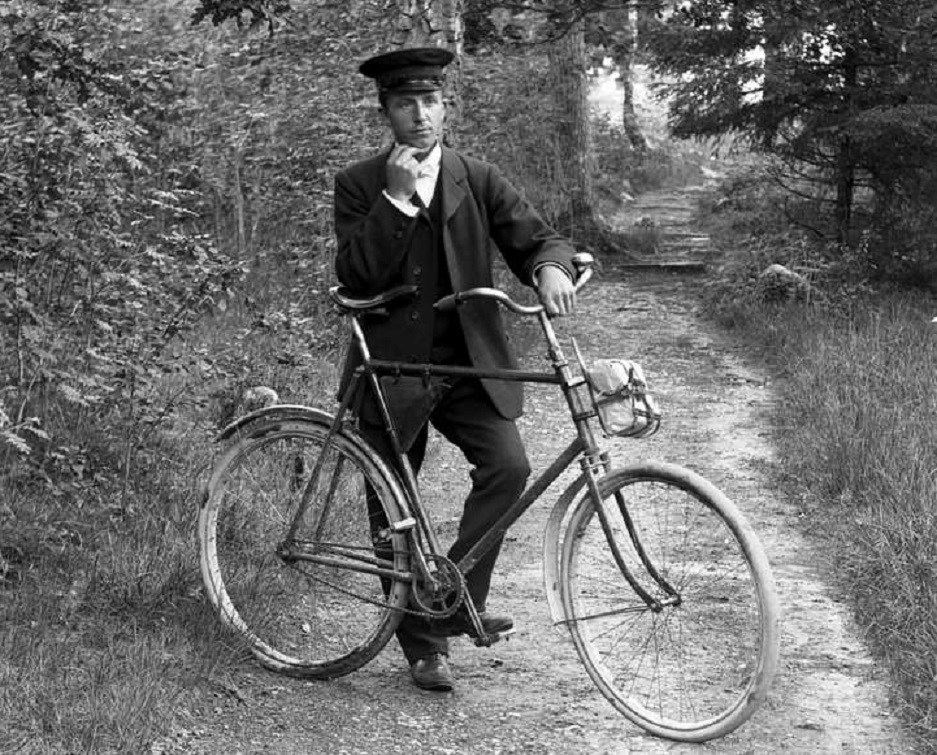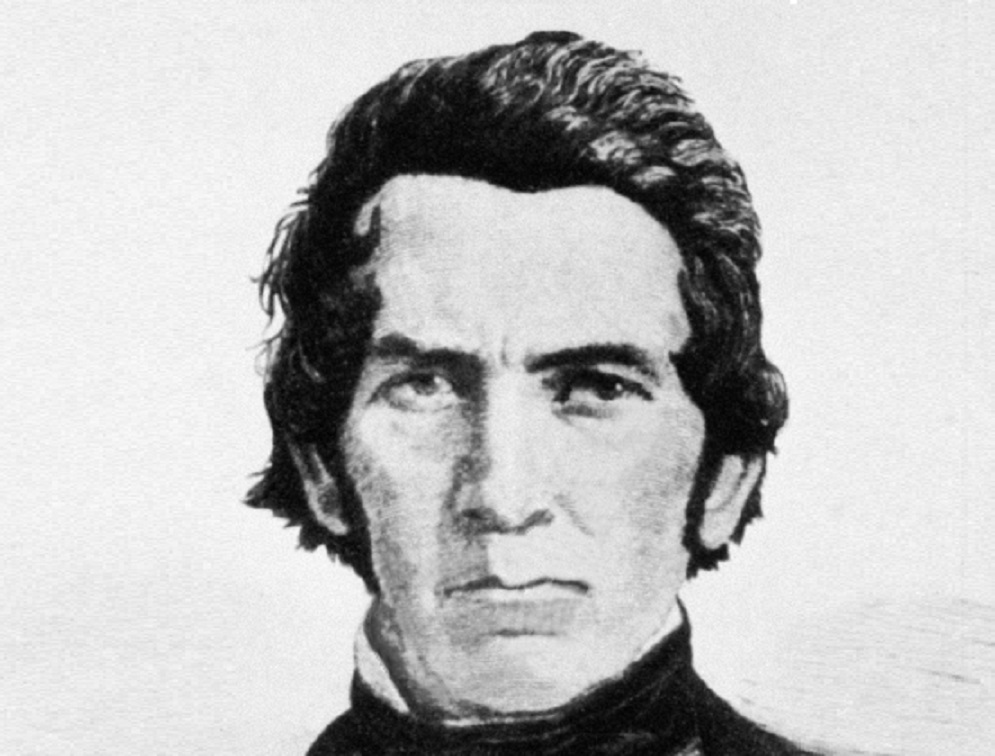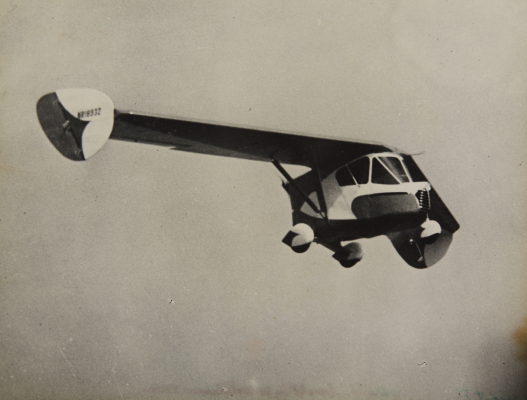Bizarre Car History Firsts
The history of the automobile is complex, with different starting points, different types of engines developed in different countries, and with successes and many failures over hundreds of years of innovation. In the end, no one person can be claimed to have invented the automobile. Here are some of the most notable firsts in automotive history.
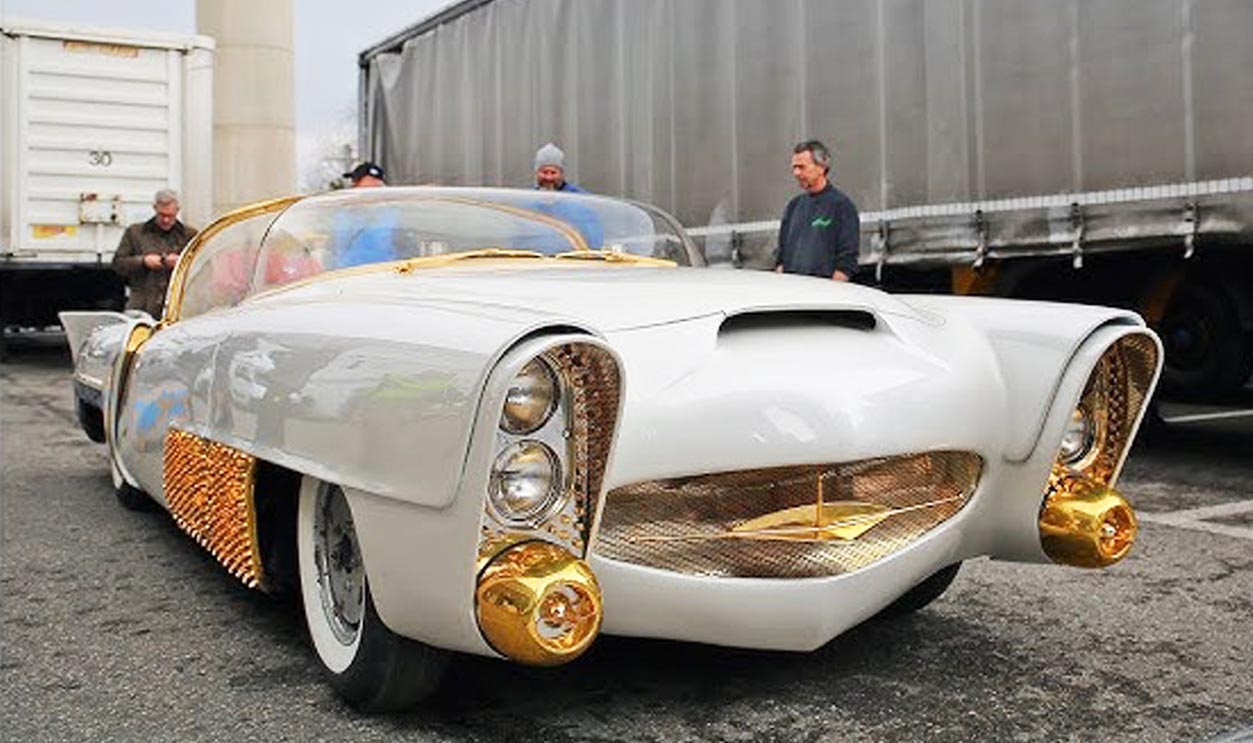
The First Self Powered Road Vehicle
The history of the automobile can be traced back all the way to 1769. A key conceptual development is the notion of a vehicle that can be self-propelled, and not reliant on animal or human labor for movement. French engineer and inventor Nicolas-Joseph Cugnot first came up with the idea of a road vehicle that was self-propelled.
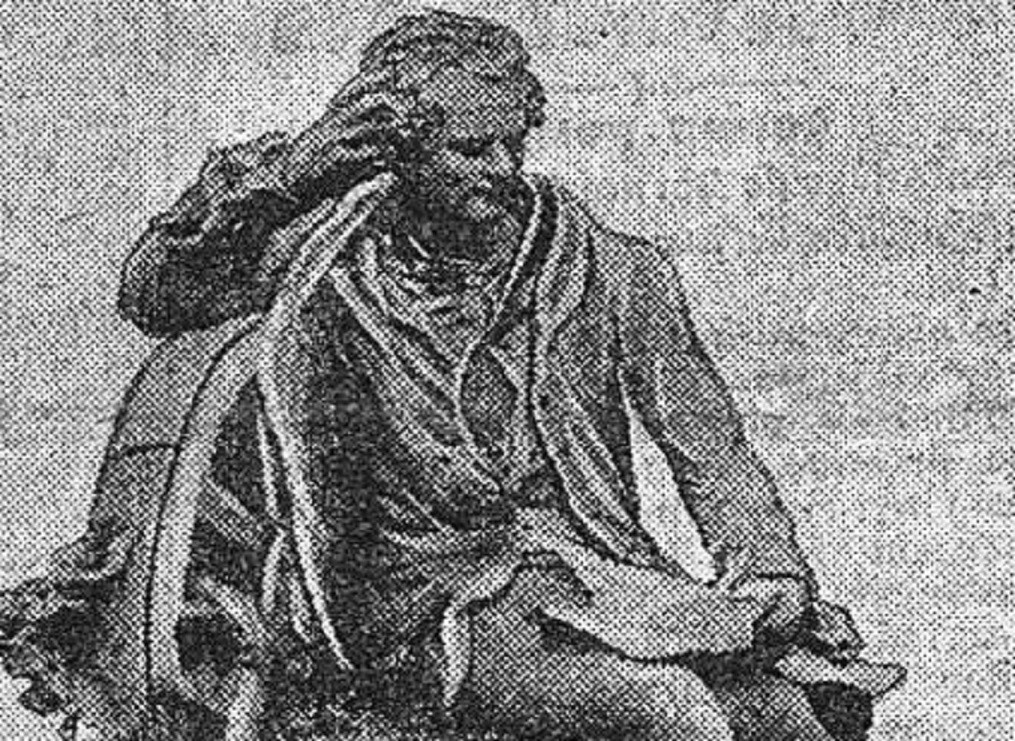 Pit, and the Petit Journal, Wikimedia Commons
Pit, and the Petit Journal, Wikimedia Commons
The First Self Powered Road Vehicle
Cugnot developed a military wagon that was powered by steam. Using a common horse-drawn two-wheel cart, Cugnot added a third wheel and a steam engine, something that had been developed in 1712 for pumping water. Cugnot’s Fardier à vapeur, as it was known, could travel at 2.25 miles per hour.
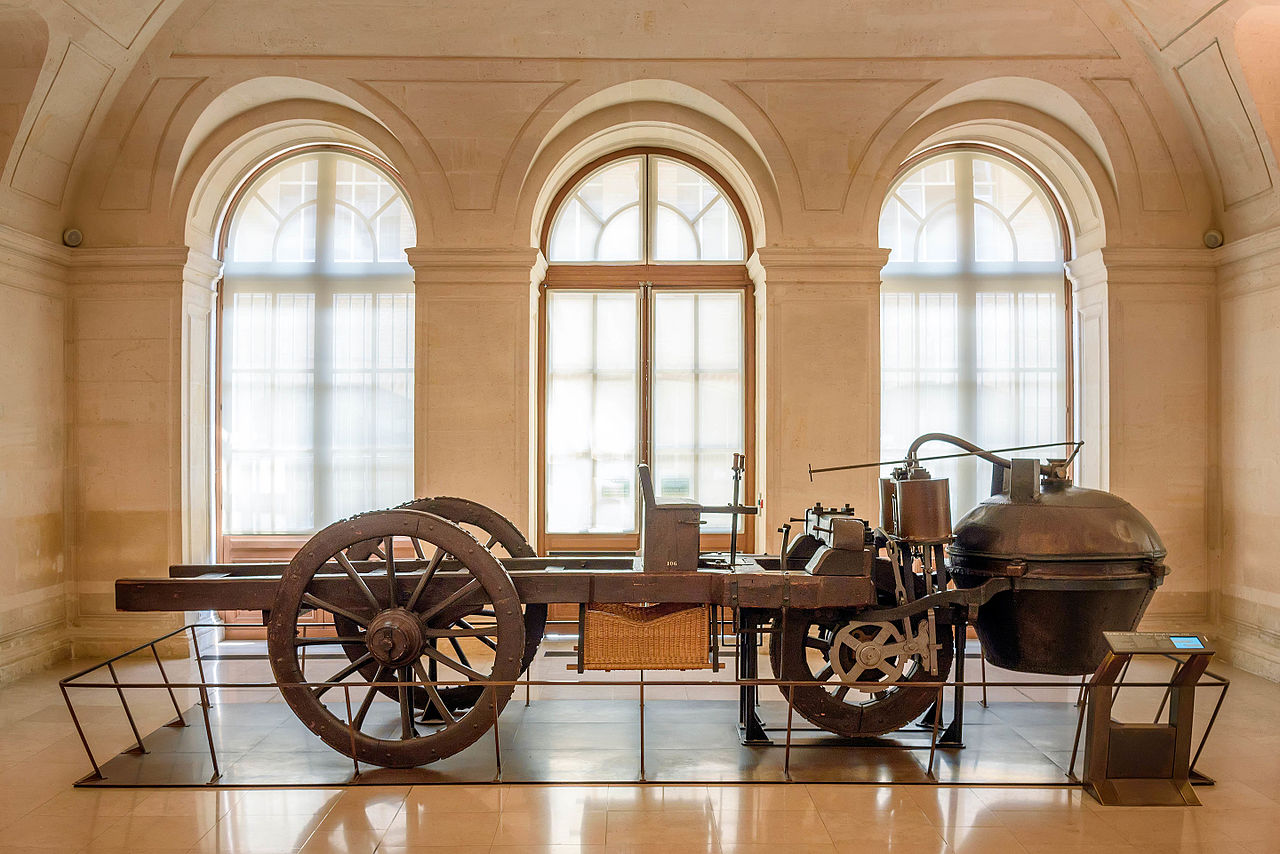 Joe deSousa, Wikimedia Commons
Joe deSousa, Wikimedia Commons
The First Car Crash
Nicolas-Joseph Cugnot’s Fardier à vapeur is notable for other reasons. At two and a half tons, Cugnot’s steam-powered vehicle was heavy and unwieldy. In 1771, Cugnot built a second vehicle using his engine. Unfortunately, Cugnot lost control of the vehicle and crashed into a wall: the first car crash.
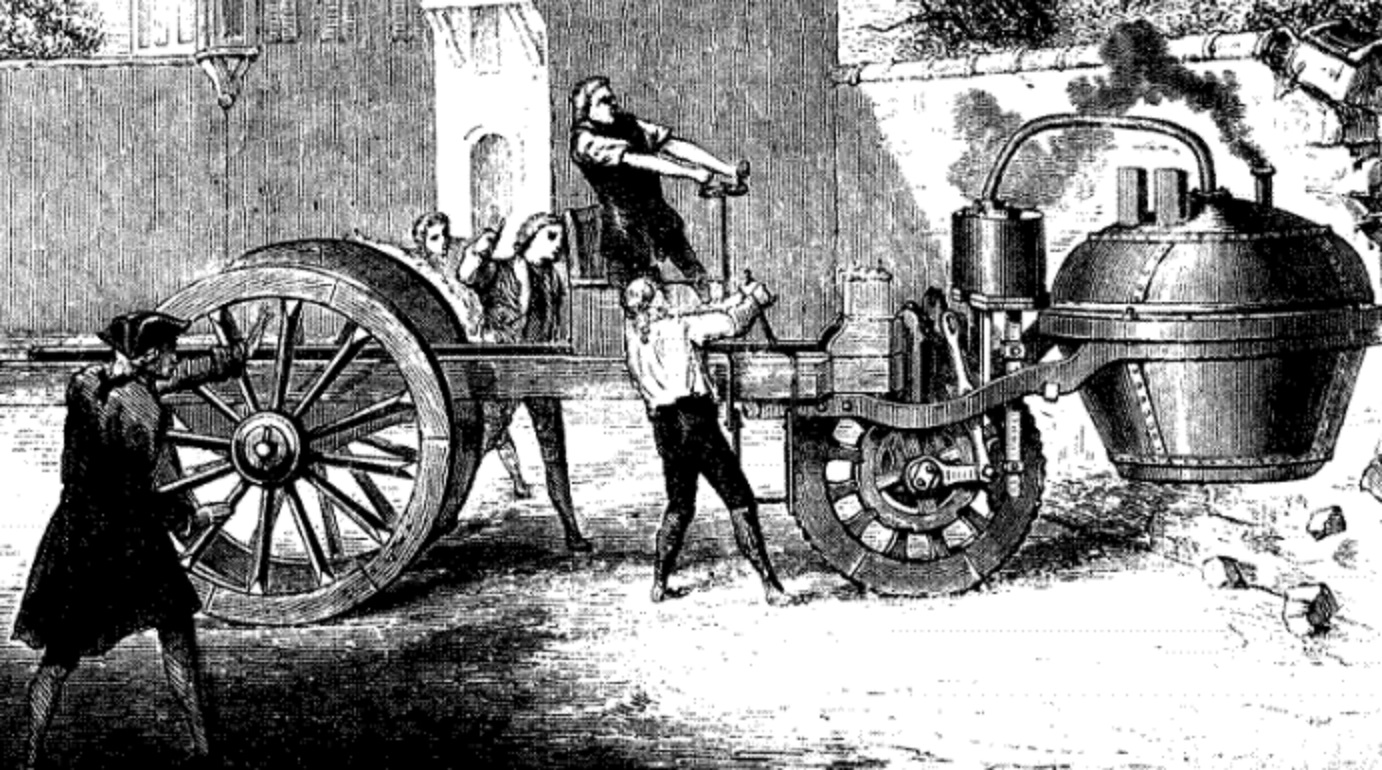 Unknown Author, Wikimedia Commons
Unknown Author, Wikimedia Commons
The First Fatal Car Accident
Much as the first car accident predated automobiles with internal combustion engines, the first traffic fatality also predated the automobile. In 1869, Mary Ward was riding in a steam-powered vehicle in Ireland. When the vehicle rounded a corner, Ward fell out and was run over by the vehicle, losing her life.
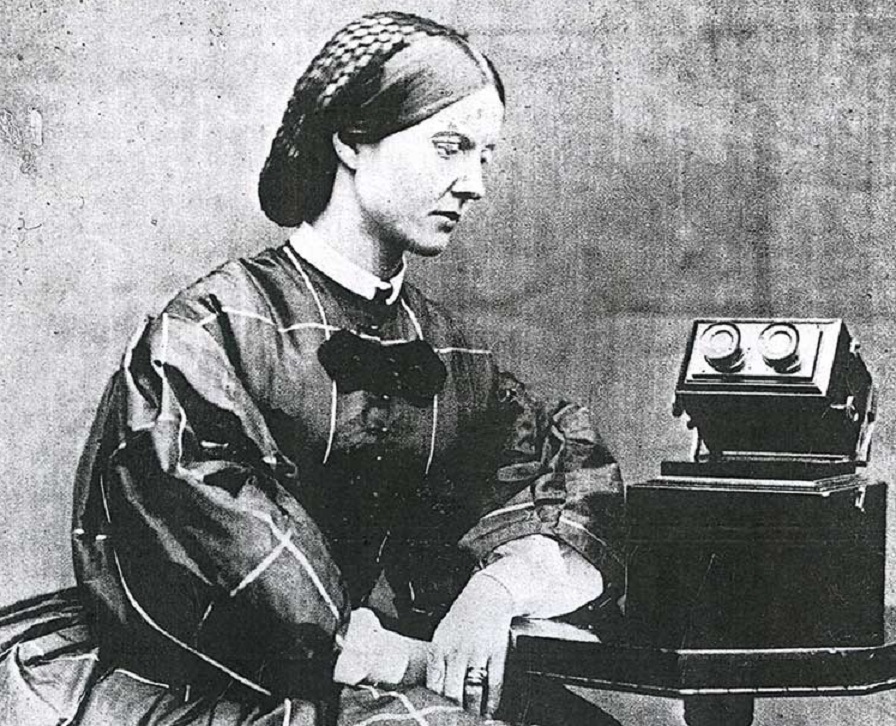 Unknown Author, Wikimedia Commons
Unknown Author, Wikimedia Commons
The First Modern Automobile
Cugnot’s Fardier à vapeur was the first self-propelled vehicle but it was not an automobile, at least by contemporary definitions. To be an automobile, a vehicle needs to be powered by an internal combustion engine. In the 1790s, the gas engine was developed, running on a fuel gas, and by 1860 a proper internal combustion engine was available.
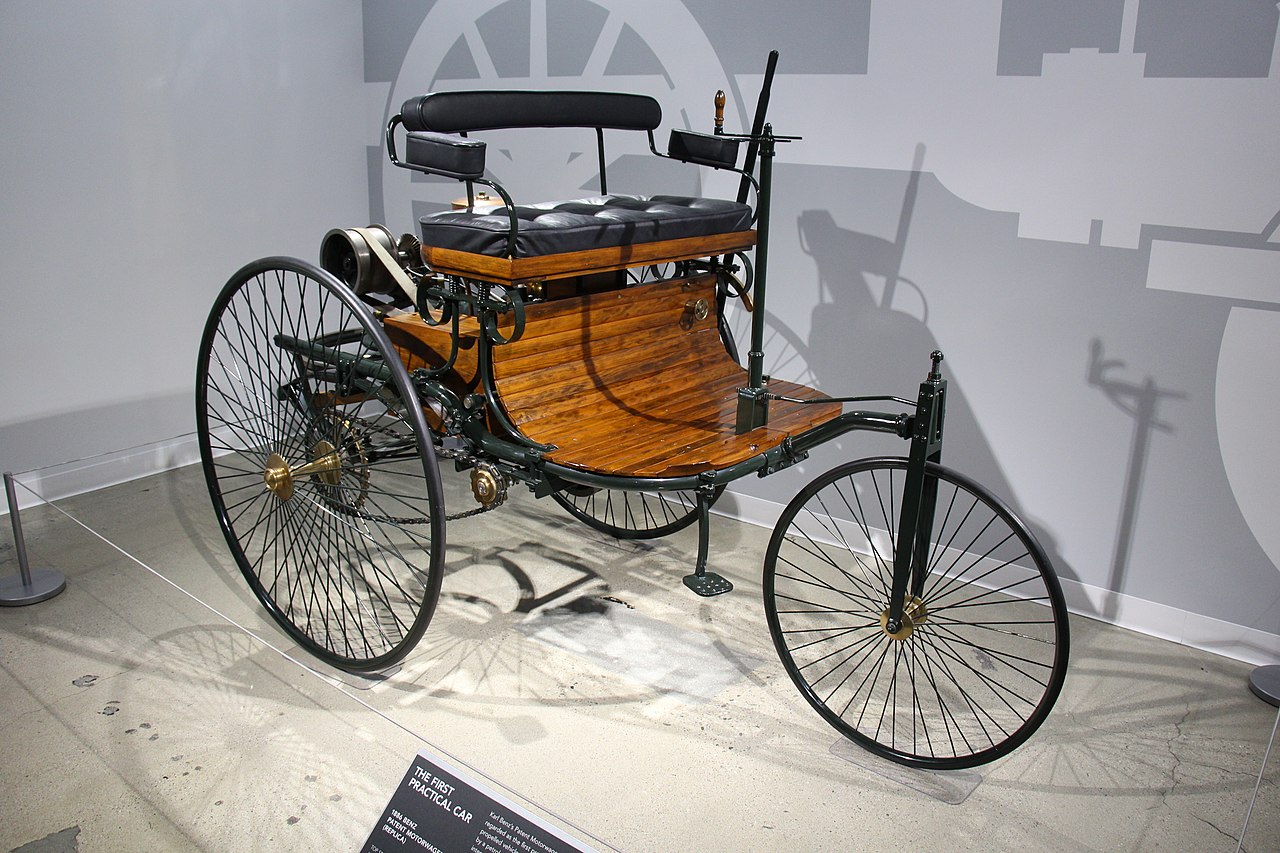 Sicnag, CC BY 2.0, Wikimedia Commons
Sicnag, CC BY 2.0, Wikimedia Commons
The First Modern Automobile
In 1885, Karl Benz developed the Benz Patent-Motorwagen which is generally considered to be the first automobile under the definition of a vehicle designed to be powered and propelled by an internal combustion engine. Between 1886 and 1893, Benz built 25 Patent-Motorwagen which were sold for 600 Imperial German Marks, approximately $4,300 in US currency today.
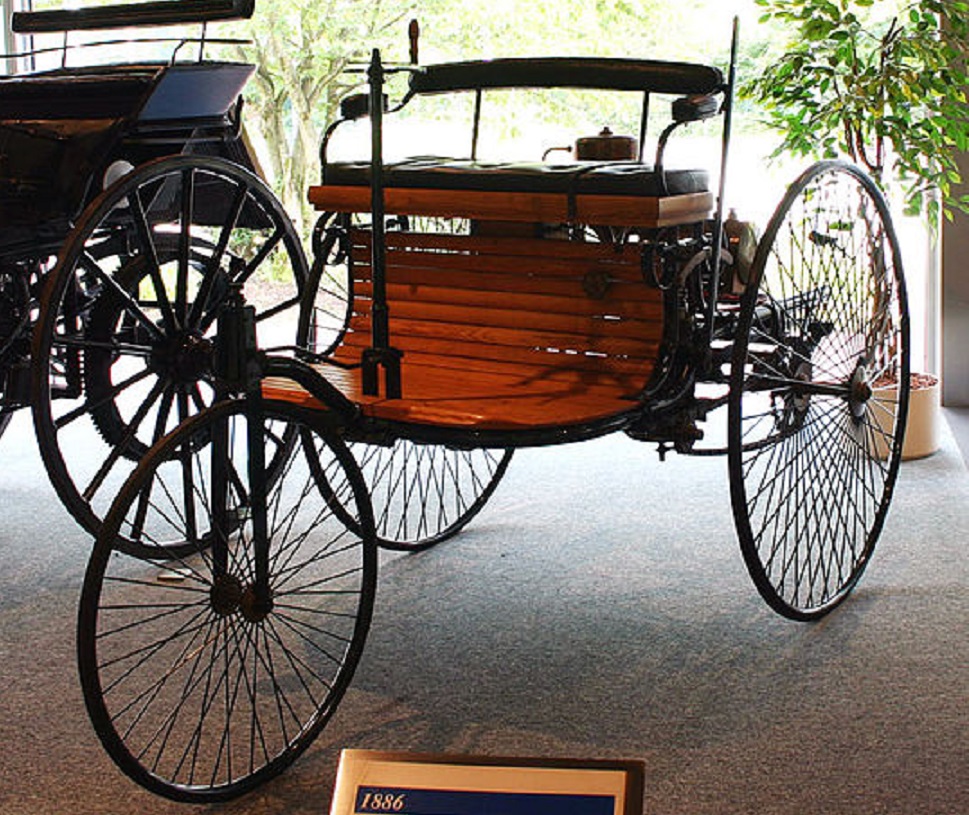 Softeis, CC BY-SA 3.0, Wikimedia Commons
Softeis, CC BY-SA 3.0, Wikimedia Commons
The First Rearview Mirror
As automobiles were developed by various companies in different countries, features available for cars slowly appeared, driven by need or desire. It may seem rather insignificant now, but the humble rear view mirror first appeared in 1911.
 sarahstierch, CC BY 2.0, Wikimedia Commons
sarahstierch, CC BY 2.0, Wikimedia Commons
The First Rearview Mirror
Ray Harroun was a race driver at the Indianapolis Motor Speedway and normally, a driver would be accompanied by a mechanic in the vehicle, who, among other maintenance tasks, acted as a spotter for the driver. Harroun went by himself utilizing an idea already in use in horse-drawn carriages: a small mirror angled so the driver can see behind or to the side while driving.
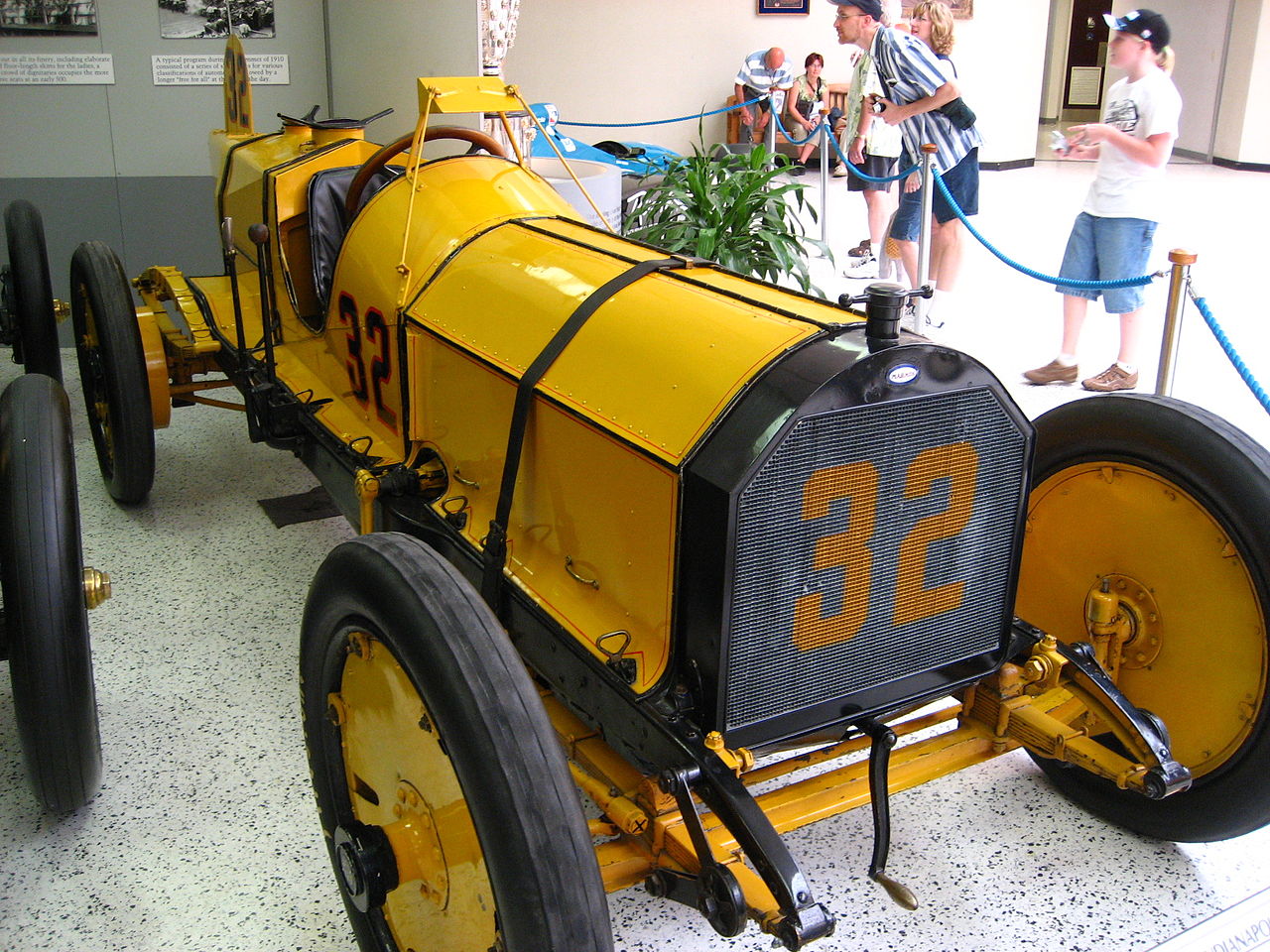 The359, CC BY-SA 3.0, Wikimedia Commons
The359, CC BY-SA 3.0, Wikimedia Commons
The First Self-Driving Vehicle
Self-driving cars are the stuff of retro-futuristic science fiction. Even today with the limited launch of self-driving cars, the idea still seems like something that won’t be common until many years from now. However, the first self-driving car was built in 1962.
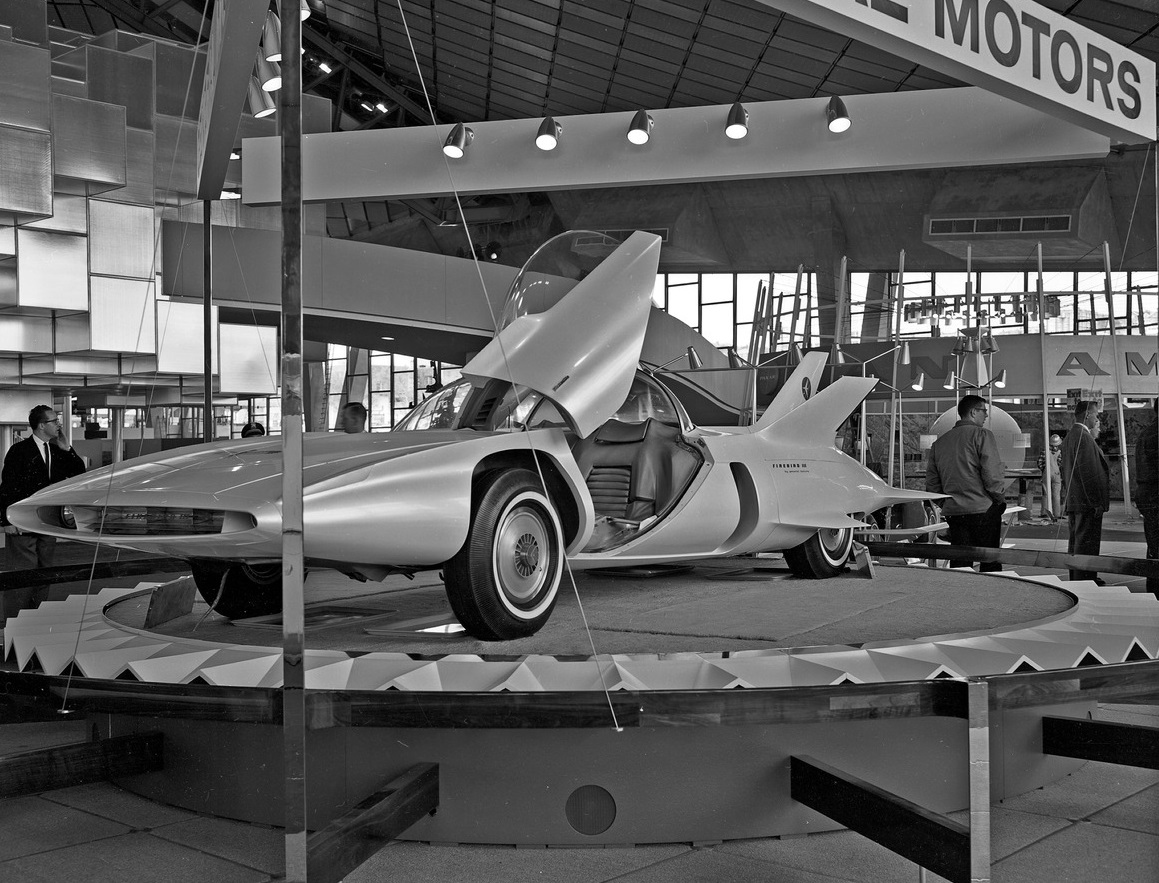 Seattle Municipal Archives, CC BY 2.0, Wikimedia Commons
Seattle Municipal Archives, CC BY 2.0, Wikimedia Commons
The First Self-Driving Vehicle
George Barris was commissioned by collector Jim Street to develop a self-driving vehicle, and the result was the Golden Sahara II. Costing $75,000, the vehicle was voice-activated, with an automatic brake system and electronic steering controls—and, being 1962, there was also a cocktail bar in the back seat.
 Kontinent Media, CC BY 2.0, Wikimedia Commons
Kontinent Media, CC BY 2.0, Wikimedia Commons
The First Cars With Airbags
The concept of an airbag for the safety of passengers in an accident can be traced back to 1919. However, that idea, which never left the drawing board stage, was that in the advent of a collision, a giant cushion would be activated, surrounding the entire vehicle on the outside.
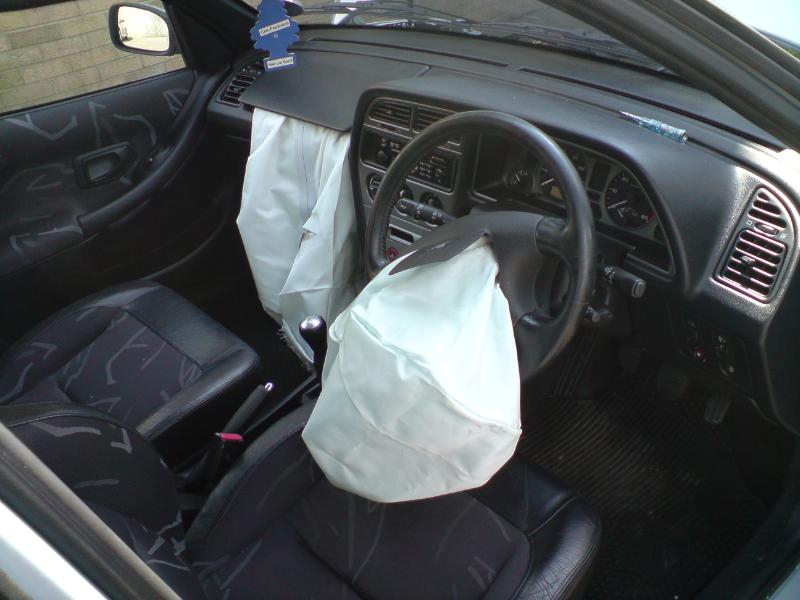 Janipewter, CC BY-SA 3.0, Wikimedia Commons
Janipewter, CC BY-SA 3.0, Wikimedia Commons
The First Cars With Airbags
Airbags, as we know them today, date back to 1971. Ford Motor Company outfitted a fleet of Mercury Monterey with passenger-side airbags as a test and by 1973, General Motors included airbags with the Chevrolet Impalas. The US government made airbags a required feature in cars starting in 1998.
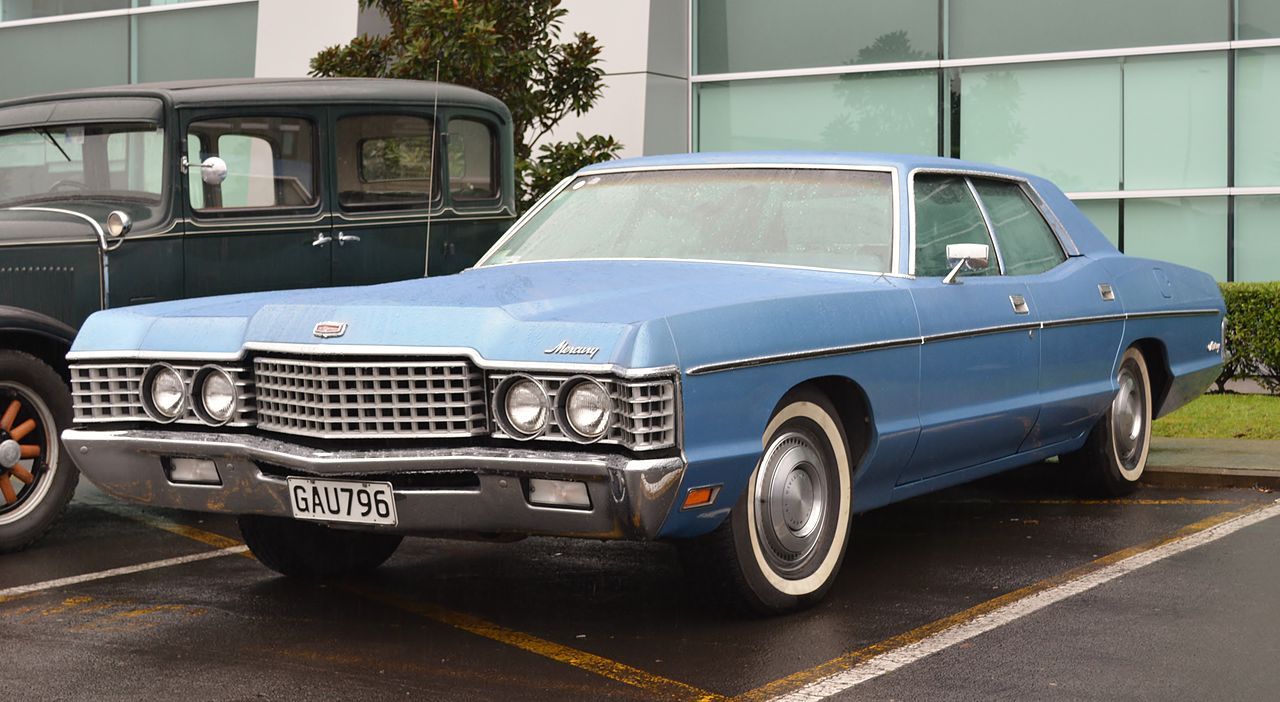 GPS 56, CC BY 2.0, Wikimedia Commons
GPS 56, CC BY 2.0, Wikimedia Commons
The Two-Section Body
An early development in passenger safety first appeared in the late 1950s. The idea was that the car’s body being one continuous piece meant that in a collision, the impact was distributed throughout the vehicle. In 1958, the “Sir Vival” was built, featuring a front end with the engine that was separate from the back end with the passengers. The idea was that in the event of a collision, the impact would be on the front end, not where the passengers sat.
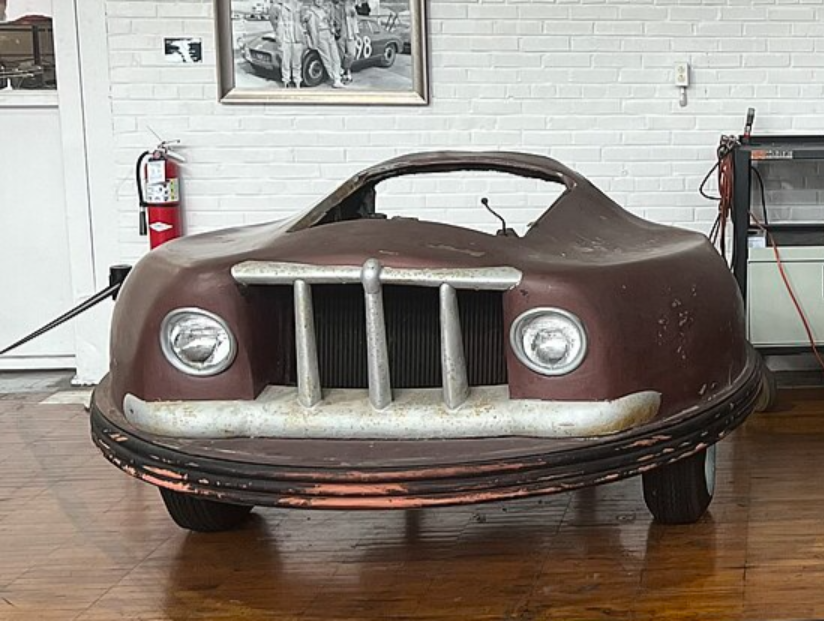 TaurusEmerald, CC BY-SA 4.0, Wikimedia Commons
TaurusEmerald, CC BY-SA 4.0, Wikimedia Commons
The Two-Section Body
The idea never really caught on. Despite it being safer for passengers, there was little interest in developing this bizarre design any further.
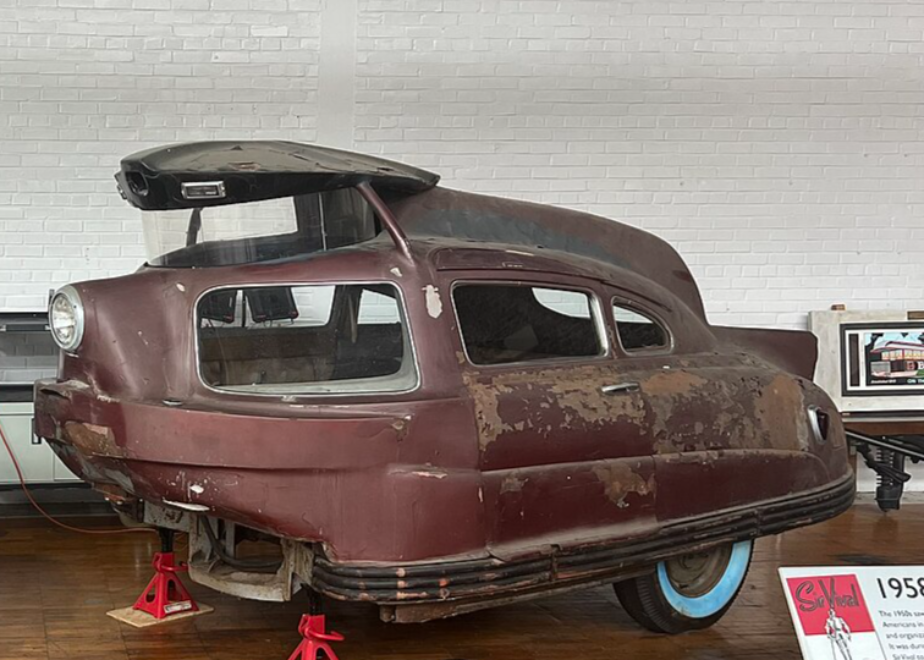 TaurusEmerald, CC BY-SA 4.0, Wikimedia Commons
TaurusEmerald, CC BY-SA 4.0, Wikimedia Commons
The Car Telephone
The history of mobile telephones, especially when taken with the history of the telephone in general, is just as complex as the history of cars. Even the inventor of the telephone is open to dispute and if you think it’s Alexander Graham Bell, you’d be wrong, maybe, depending on who you're talking to.
The Car Telephone
Way back in 1946, engineers at Bell Labs created a mobile phone, mounted under the dashboard of a car. Mobile phones were already in use during WWII, with portable telephones used on the field of battle. However, the 1946 installation of a phone in a car was the first car phone, and the first for civilian use, although it was limited to urban areas.
The First Talking Car
If you count GPS systems, we do have talking cars now, but I don’t think most people see it that way. For many, the idea of a talking car brings up thoughts of the 1980s kitsch television show Knight Rider, where the protagonist had conversations with his car, or at least with the computer controlling his car.
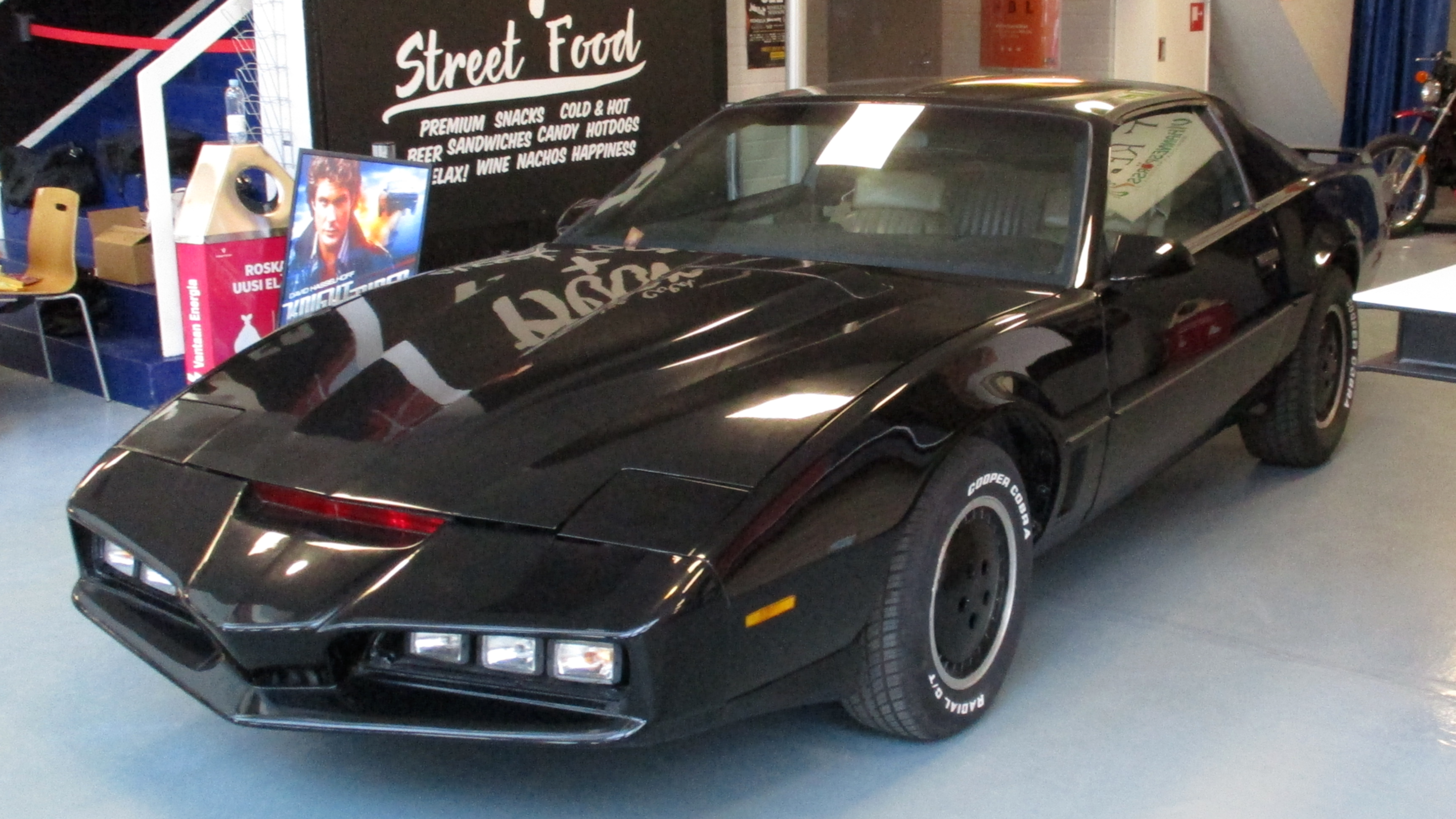 Kahvilokki, CC-BY-SA-4.0, Wikimedia Commons
Kahvilokki, CC-BY-SA-4.0, Wikimedia Commons
The First Talking Car
In the early 1980s, however, the idea of a car having a voice to remind the driver of mechanical issues was developed. The Datsun 810 Maxima (1981-1985) contained a phonograph with six spoken messages, such as “left door is open” and “parking brake is on”.
The First DUI
Within recent memory, we can all speak of lax laws permitting drivers under the influence of alcohol to walk away from accidents with little legal problems. However, concern about drivers being intoxicated goes back to the beginning of the history of cars.
The First DUI
The first DUI was actually in 1897. A London cab driver crashed his electric taxi (yes, those were around back then). He was arrested and fined 20 shillings.
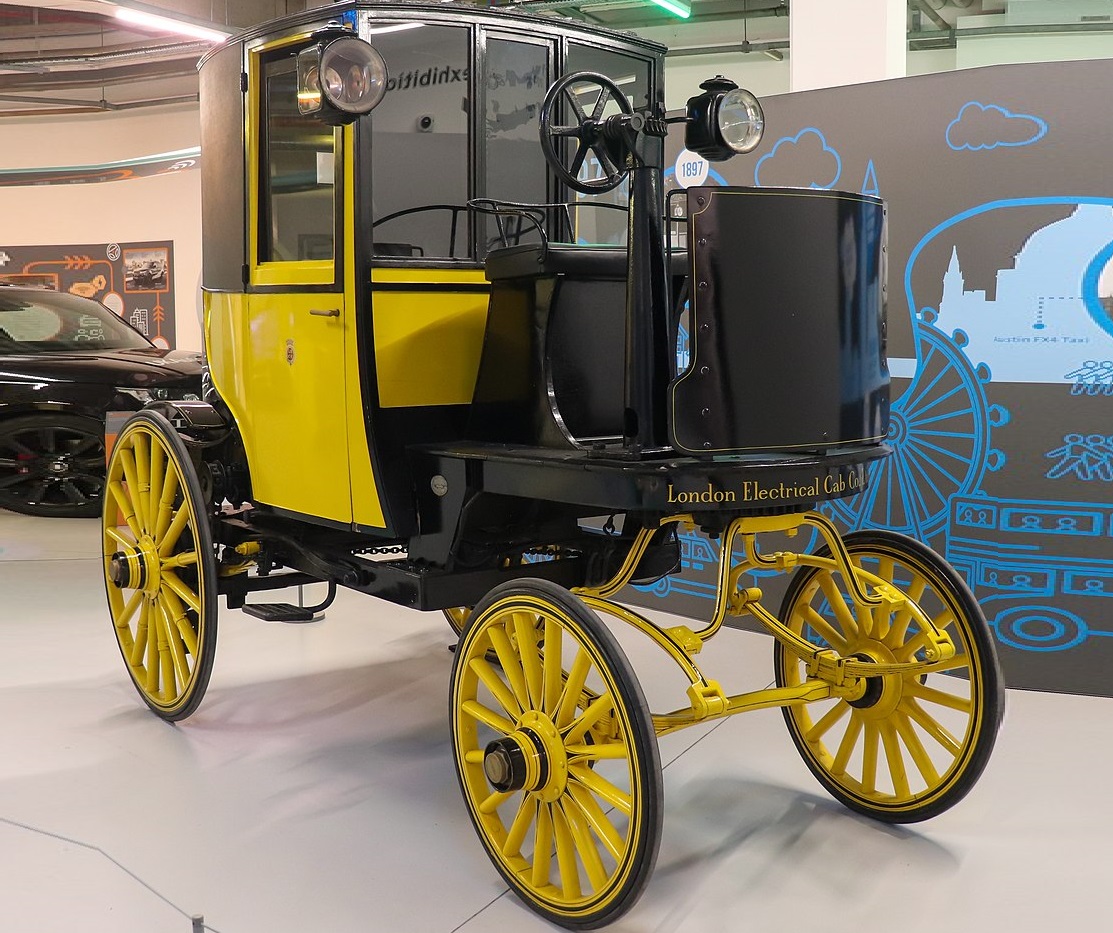 Vauxford, CC BY-SA 4.0, Wikimedia Commons
Vauxford, CC BY-SA 4.0, Wikimedia Commons
The First Hybrid
Speaking of electric cars, an early variation was developed and built by Ferdinand Porsche in 1901. Working for the Viennese carmaker Lohner, Porsche began developing what he called the Semper Vivus which ran on electric motors in the front wheel hubs while two gasoline engines behind the driver recharged the car’s batteries.
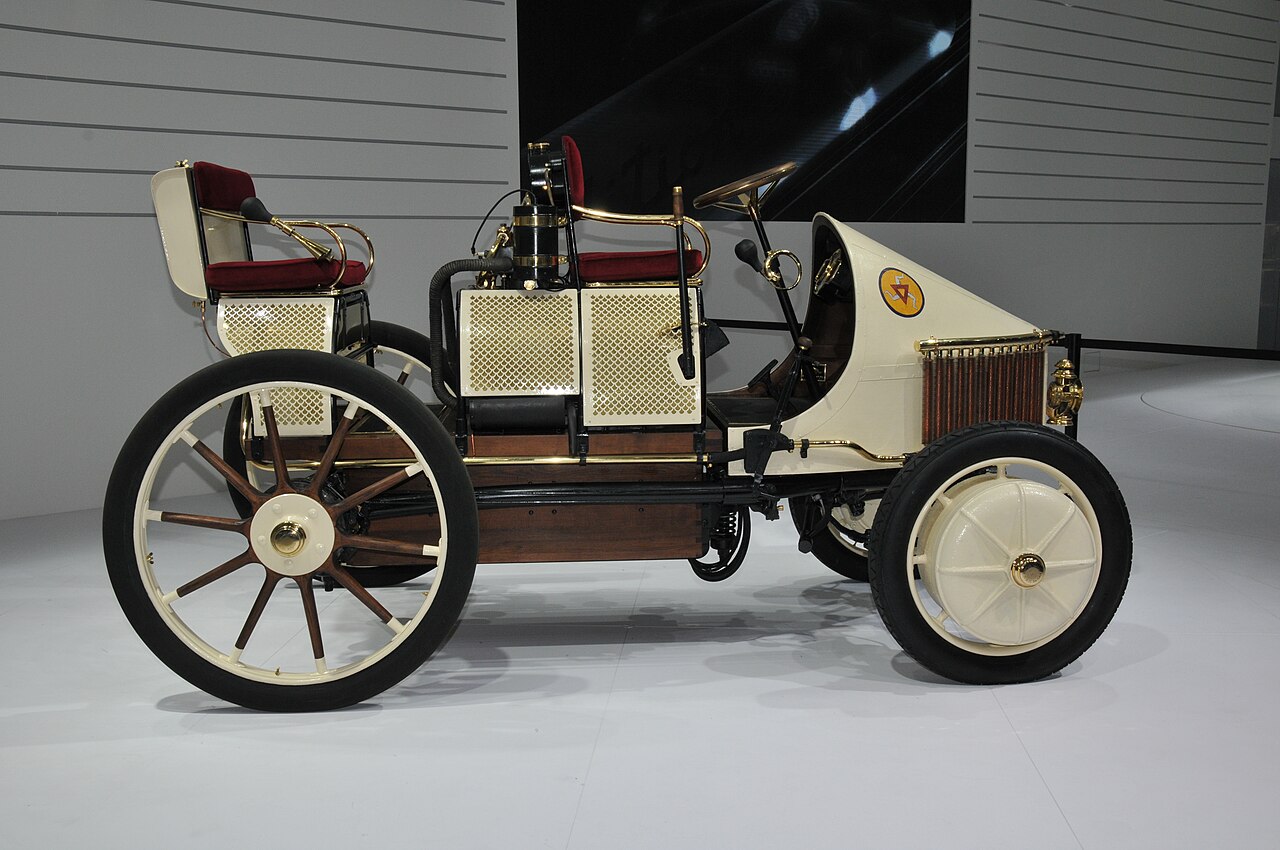 Autoviva, CC BY 2.0, Wikimedia Commons
Autoviva, CC BY 2.0, Wikimedia Commons
The First Crash Test Dummies
Probably most peoples’ first encounter with crash test dummies is through their appearances in commercials, usually for car companies demonstrating their safety features. Anthropomorphic dummies were subjected to various impact tests to show how safe a car is, or in the case of public service announcements, how not using safety features such as seatbelts could impact the human body.
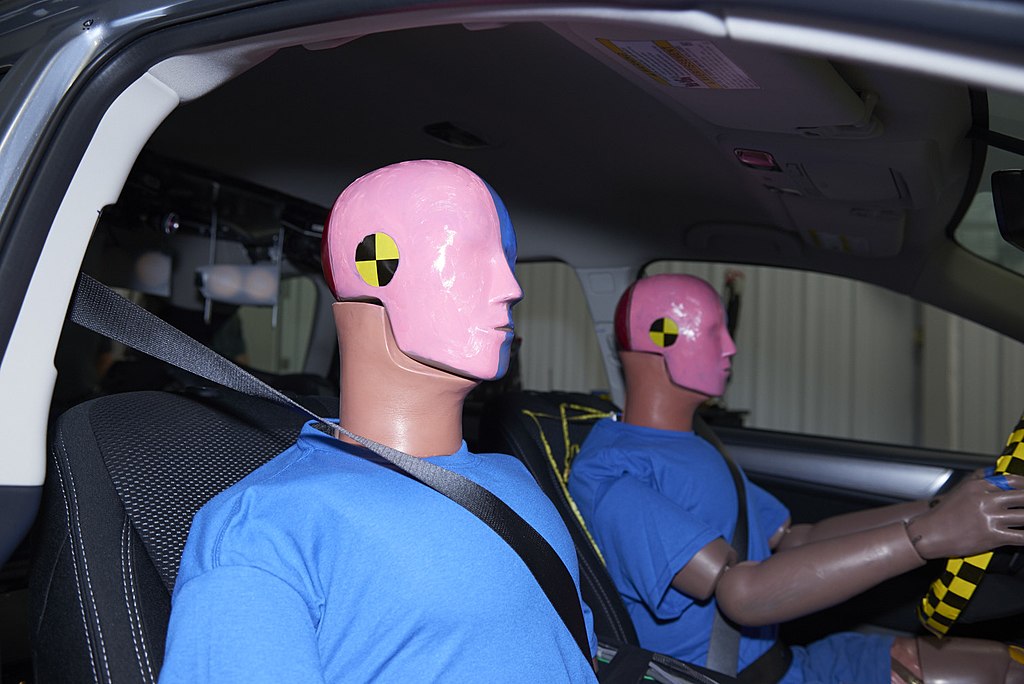 Insurance Institute for Highway Safety, CC BY-SA 3.0, Wikimedia Commons
Insurance Institute for Highway Safety, CC BY-SA 3.0, Wikimedia Commons
The First Crash Test Dummies
Before the use of dummies, however, car manufacturers used cadavers. Researchers would also subject themselves to some of the tests and in more severe tests, animals would be used. With data obtained from cadavers and animal tests, the first anthropomorphic dummies were introduced in 1949.
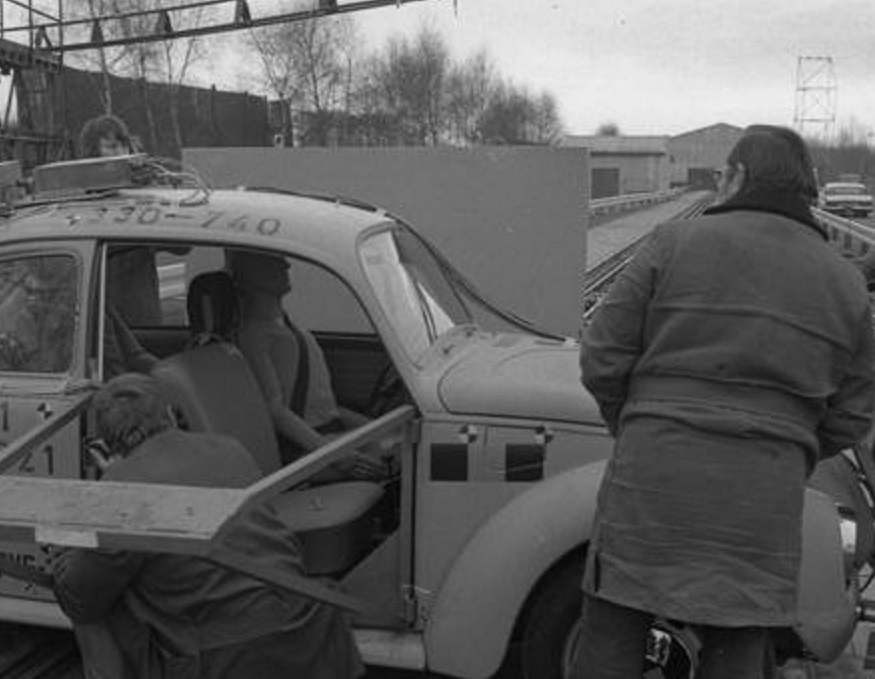 Schaack, Lothar / CC-BY-SA 3.0, CC BY-SA 3.0 DE, Wikimedia Commons
Schaack, Lothar / CC-BY-SA 3.0, CC BY-SA 3.0 DE, Wikimedia Commons
The First Pedestrian-Safe Car
The dangers imposed by automobiles on pedestrians were understood early. As the earliest laws were developed in hopes of regulating traffic, some inventors sought other solutions to the potentially deadly human-car interactions.
The First Pedestrian-Safe Car
A Catholic priest named Father Alfred A Juliano developed the Aurora, a concept vehicle with various safety features. He included seatbelts and crumple zones to reduce injuries on the car’s occupants but for pedestrians, Father Juliano, inspired by trains, included a cowcatcher on the front of the car, which acted like an extended bumper meant to “scoop” pedestrians out of the way of a car before impact.
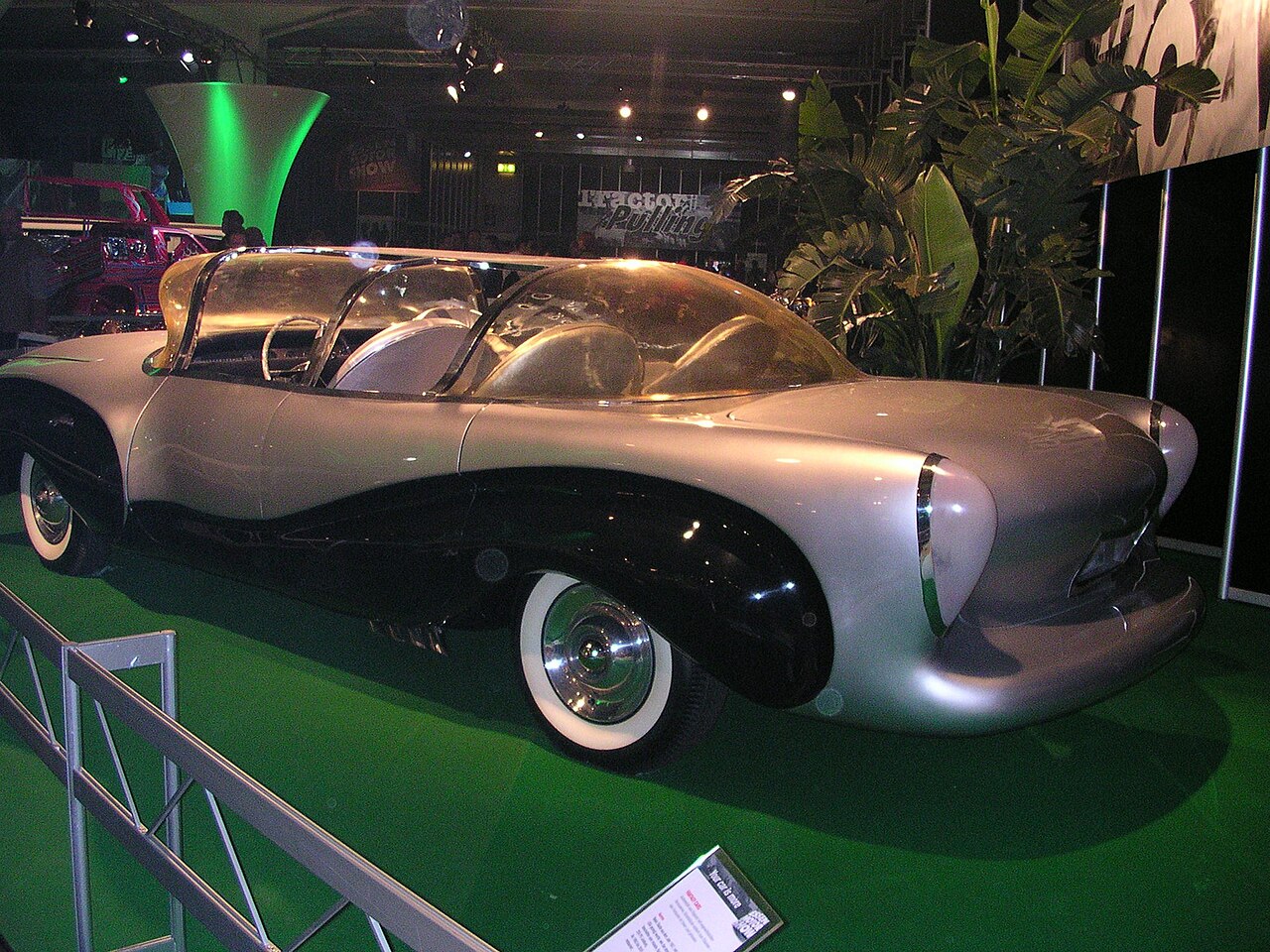 Norbert Schnitzler, CC BY-SA 2.0, Wikimedia Commons
Norbert Schnitzler, CC BY-SA 2.0, Wikimedia Commons
The First Drive Across America
So, you now have an automobile, but where do you go? City roads began being paved to meet the demands of the car but outside cities driving was difficult and without a system of highways, travel was slow and limited. In 1903, two men, Horatio Nelson Jackson and Sewall K Crocker, set out to drive across the United States, starting in San Francisco.
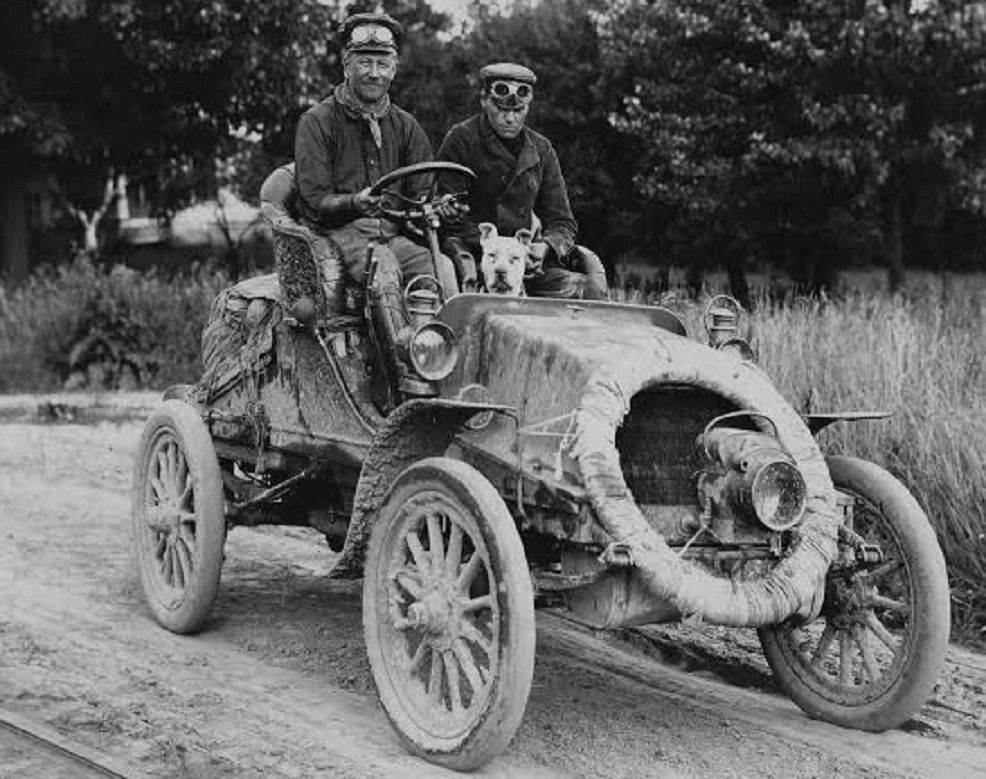 UVM Special Collections/Bailey-Howe Library, Wikimedia Commons
UVM Special Collections/Bailey-Howe Library, Wikimedia Commons
The First Drive Across America
There were only 150 miles of paved roads in the entire country and no interstate highways, but Jackson and Crocker made it, beating out car companies Packard and Oldsmobile, who had sent their own cars and drivers to overtake them on the way to New York City. It took Jackson and Crocker 63 days, 12 hours, and 30 minutes to cross the United States from San Francisco to New York.
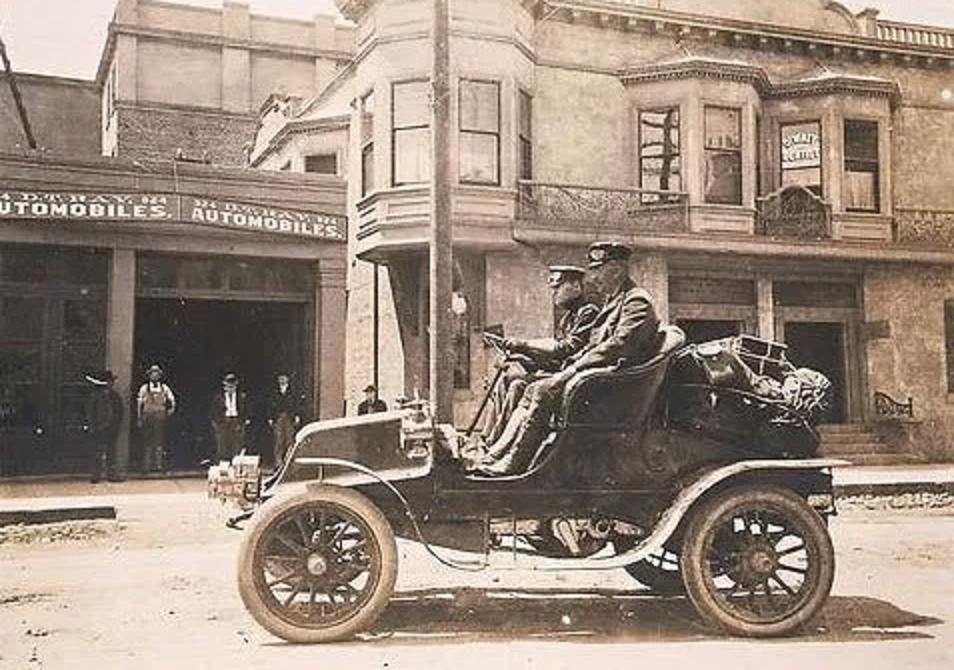 Horatio Nelson Jackson, Wikimedia Commons
Horatio Nelson Jackson, Wikimedia Commons
The First Driver Arrested For Speeding
Speeding did not first appear with automobiles and a certain Officer John Schuessler of the Bicycle Squad of New York was known to chase horse-drawn carriages and bicycles he felt were going too fast. Without speed limits, it was really up to Schuessler to decide what was “too fast”.
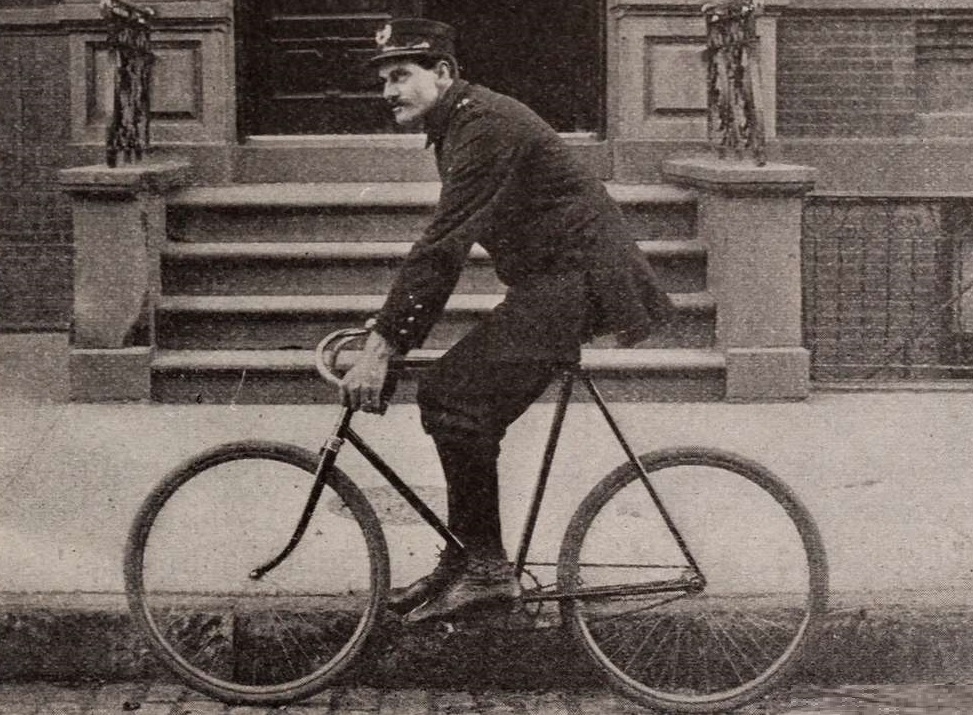 Columbia University Libraries, Picryl
Columbia University Libraries, Picryl
The First Driver Arrested For Speeding
In 1899, Jacob German was 26 years old and worked for the Electric Vehicle Company, an all-electric fleet taxi service. By 1899, New York had enacted speed limits on city streets, limiting drivers to less than 12 mph. German was driving 12 mph when Schuessler chased him down on his bike, arresting German who ended up spending a few days in jail.
The First Fatal Car Accident In The US
In 1899, Henry Bliss stepped off a trolley and was attempting to help a woman off when he was struck down by a car, losing his life the next day in the hospital. The car was an electric taxi owned by the Electric Vehicle Company, although there’s no evidence that it was driven by Jacob German.
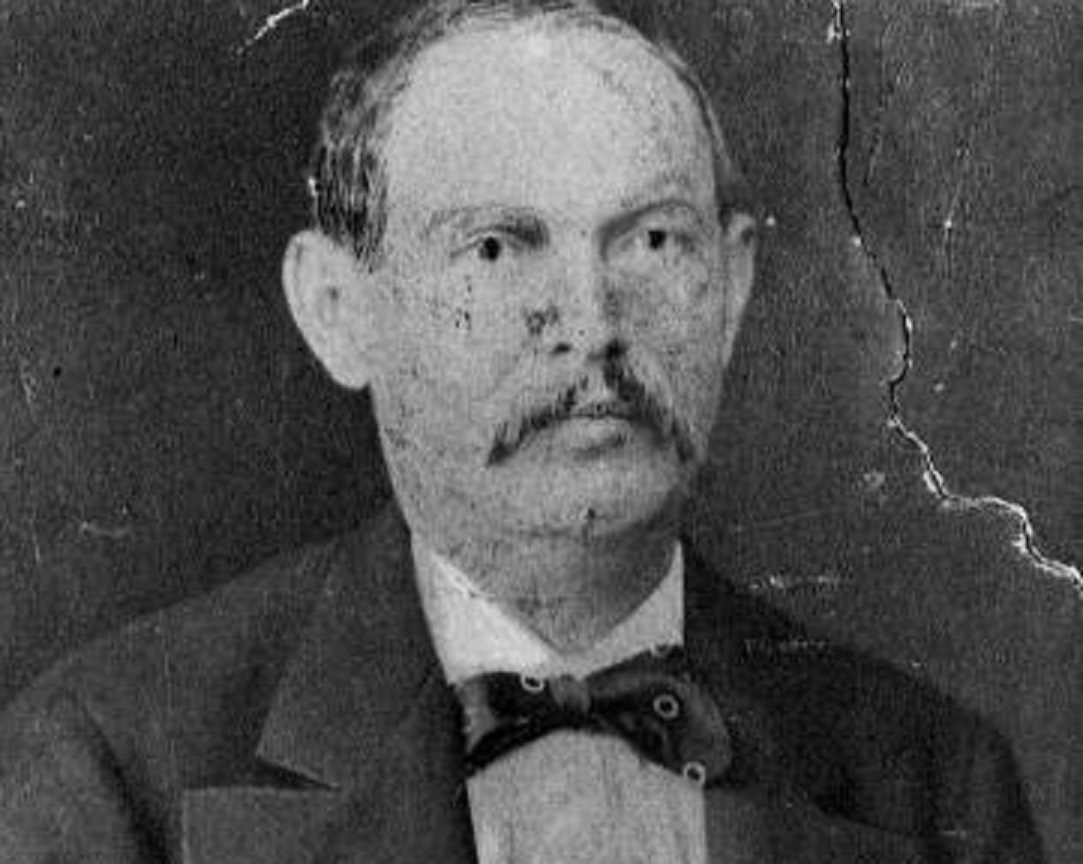 Lotsofissues, Wikimedia Commons
Lotsofissues, Wikimedia Commons
The First Steering Wheel
The idea of using a wheel to steer an automobile did not occur to 19th-century inventors. Vertical wheels had been in use for large ships since the 1700s and the model for automobiles did come from boats, but not the wheel but rather the tiller. Tillers worked in the same way as reins on horse-drawn carriages and early automobile developers modeled cars on carriages.
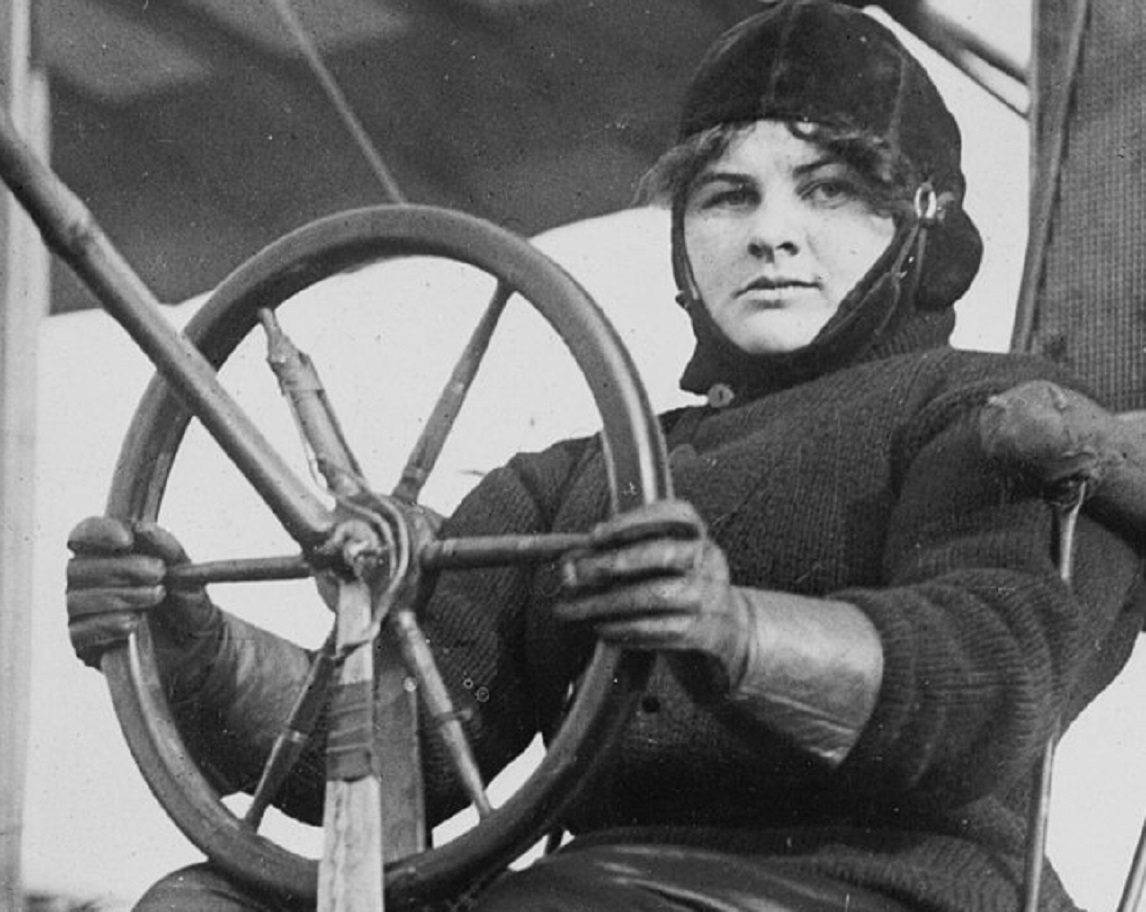 Unknown Author, Wikimedia Commons
Unknown Author, Wikimedia Commons
The First Steering Wheel
In 1895, Alfred Vacheron invented the steering wheel. The idea was that turning would be smoother by turning a wheel, giving the driver more control. With the small sizes of automobile tires, steering cars with a steering wheel was rather easy, before the invention of power steering (first appearing in the 1920s) which coincided with larger cars with larger tires.
 BrokenSphere, CC BY-SA 3.0, Wikimedia Commons
BrokenSphere, CC BY-SA 3.0, Wikimedia Commons
The First Electric Car
An automobile proper is a vehicle propelled by an internal combustion engine. The precursor steam-powered vehicles are generally not considered automobiles but another earlier form of engine is sometimes a bit surprising. In 1834, Thomas Davenport built the first electric car.
The First Electric Car
Using a motor he built himself and powered by a battery, Davenport’s car intended to make steam-powered vehicles obsolete. Unfortunately, Davenport’s battery was unreliable. There were a few other attempts at electric cars but the ease of the gasoline-powered automobile soon put those developments on the back burner.
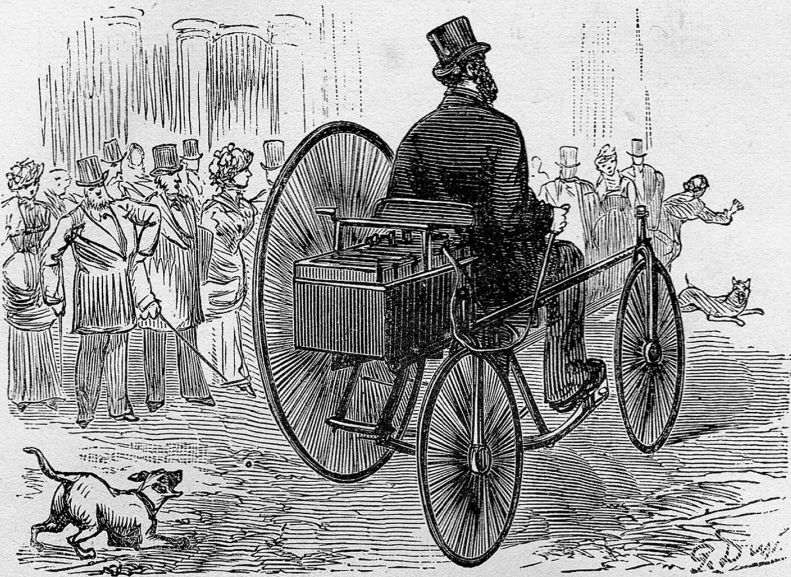 Jacques CATTELIN, CC BY-SA 4.0, Wikimedia Commons
Jacques CATTELIN, CC BY-SA 4.0, Wikimedia Commons
The First Car Radio
Plugging our cell phones into our cars’ audio systems and listening to our personalized playlists seems like second nature. Music and driving seem inseparable, so much so that Motown Records in Detroit would test new releases on car radios to make sure they sounded right. The place for the radio in the car seems eternal but it goes back no further than 1922.
 Philips Gloeilampenfabrieken, Wikimedia Commons
Philips Gloeilampenfabrieken, Wikimedia Commons
The First Car Radio
In that year, Chevrolet offered a car radio as an option for buyers, setting them back an additional $200. The first set-ups were huge, with antennas covering the whole roof of the car and a battery so large engineers had difficulty finding a place for it. But by the 1930s, car radios were standard in cars.
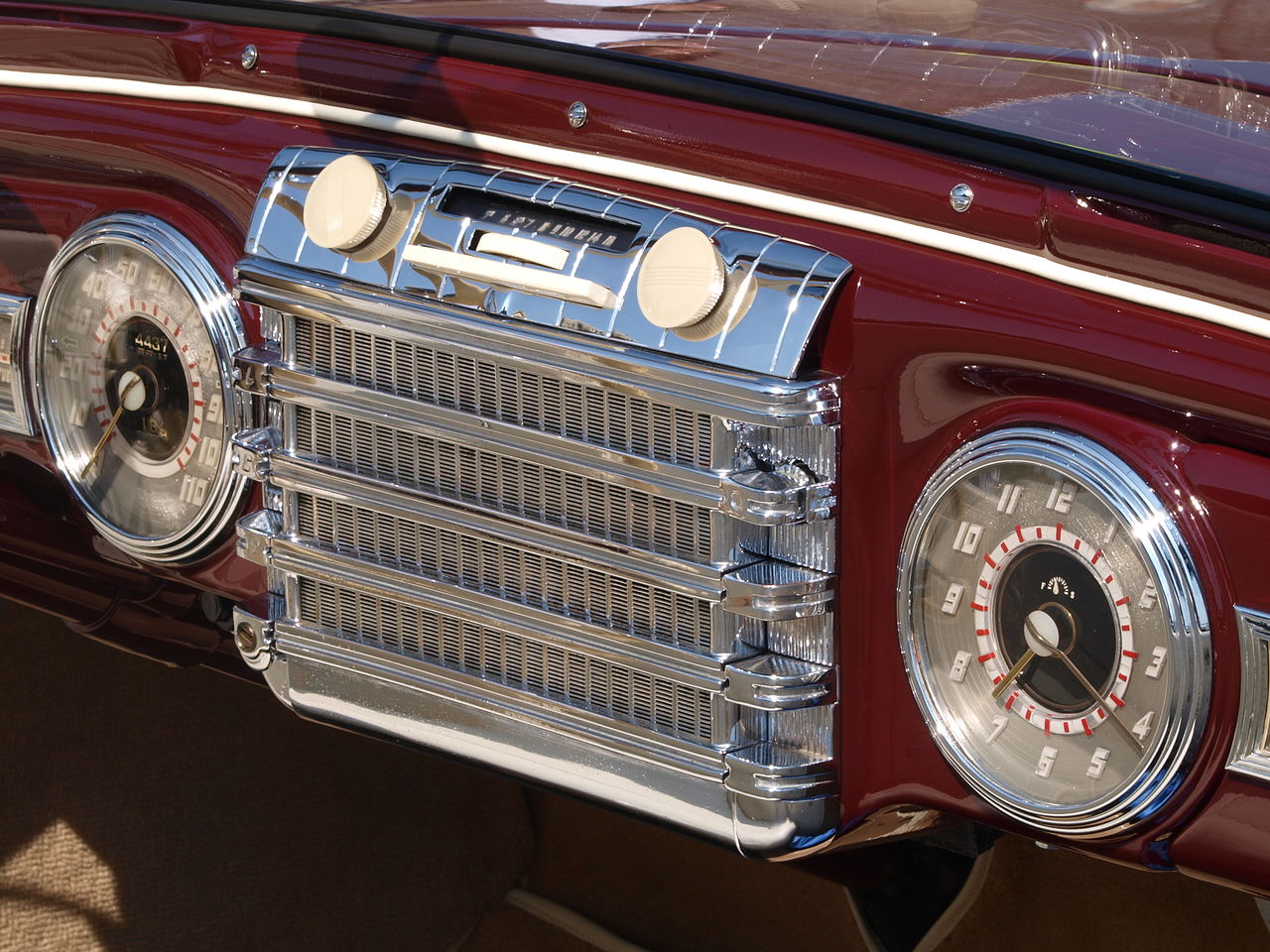 Alf van Beem, Wikimedia Commons
Alf van Beem, Wikimedia Commons
The First Car Radio
With the availability of car radios came the backlash. Anti-car radio leagues sprang up, arguing that drivers would be too distracted. Some states proposed bans on car radios but these efforts went nowhere and car radios were here to stay.
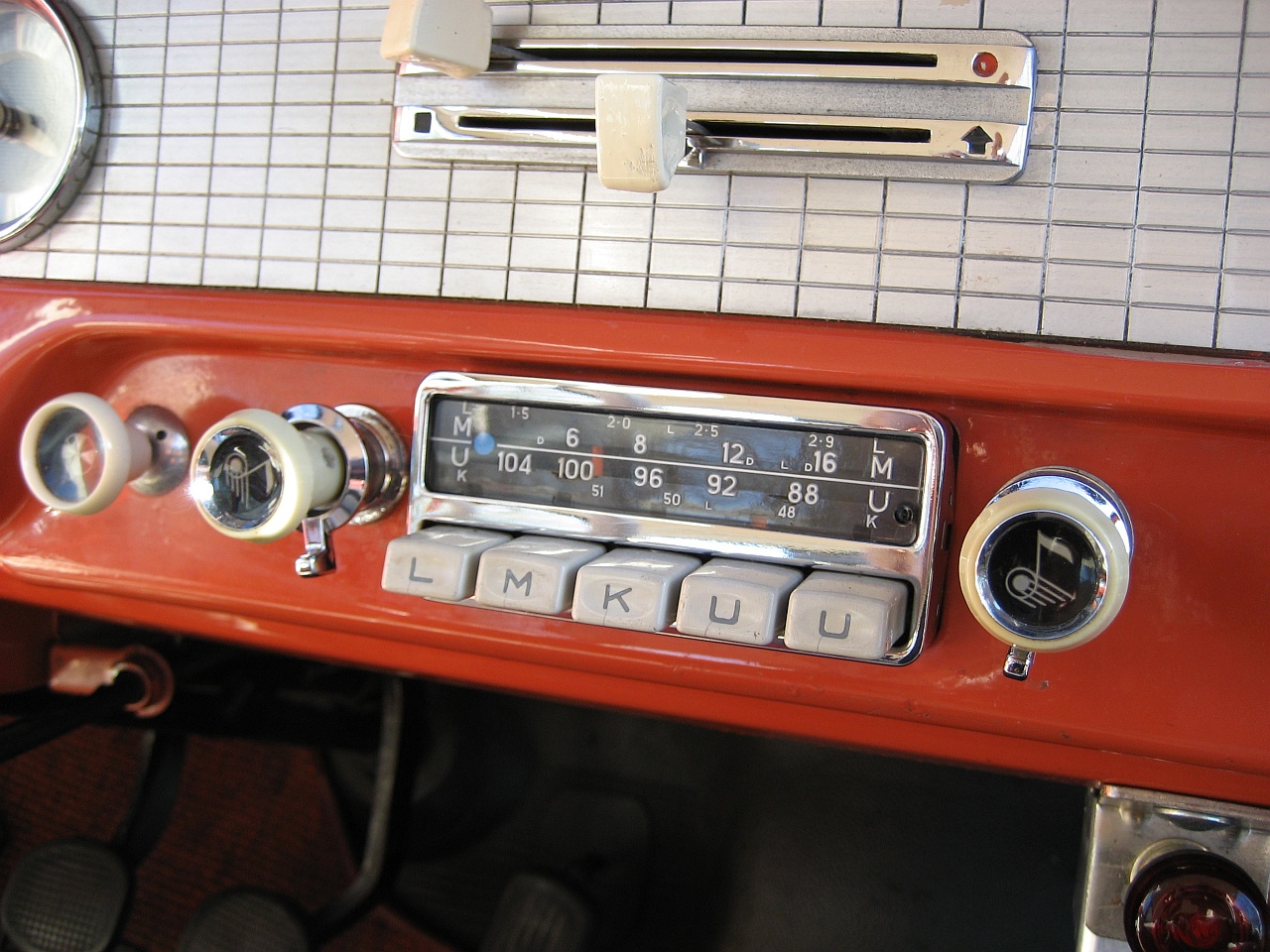 Yeti.bigfoot, CC BY 3.0, Wikimedia Commons
Yeti.bigfoot, CC BY 3.0, Wikimedia Commons
A Flying Car
Much like self-driving cars, the notion of a flying car is pure retro-futurism right out of The Jetsons. Over the years, attempts have been made to develop a flying car and, ignoring the logistics of air traffic and suitable infrastructure, it remains a fantasy.
 Screen Gems, The Jetsons (1962-1963)
Screen Gems, The Jetsons (1962-1963)
A Flying Car
In 1932, one Waldo Waterman beat the odds—he built a flying car, dubbed the Waterman Arrowbile, after going through five prototypes. With three wheels and a fixed wing, his earliest prototypes could not be driven like a car but he pressed on developing a car-plane hybrid with removable wings and propeller. Unfortunately for Waldo Waterman, there was no interest in a flying car at the time and he gave up his idea in 1938.


